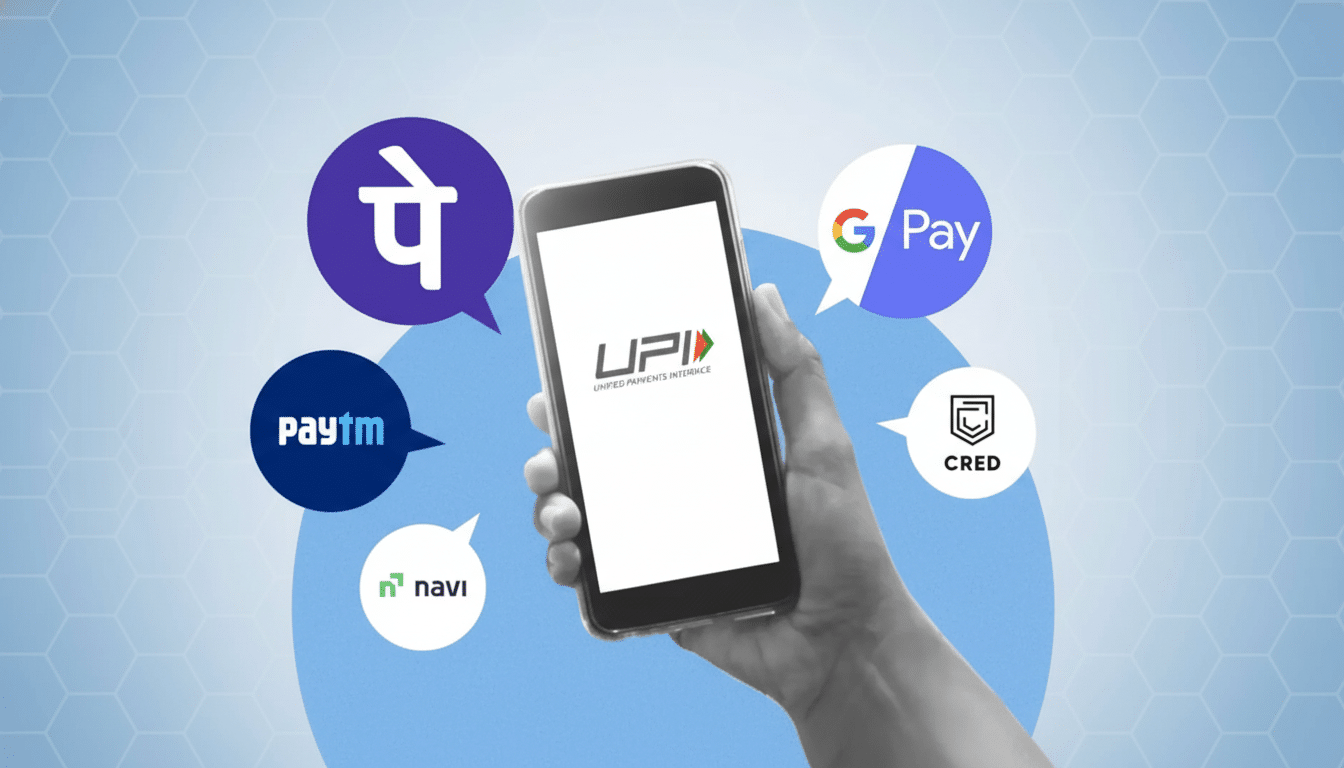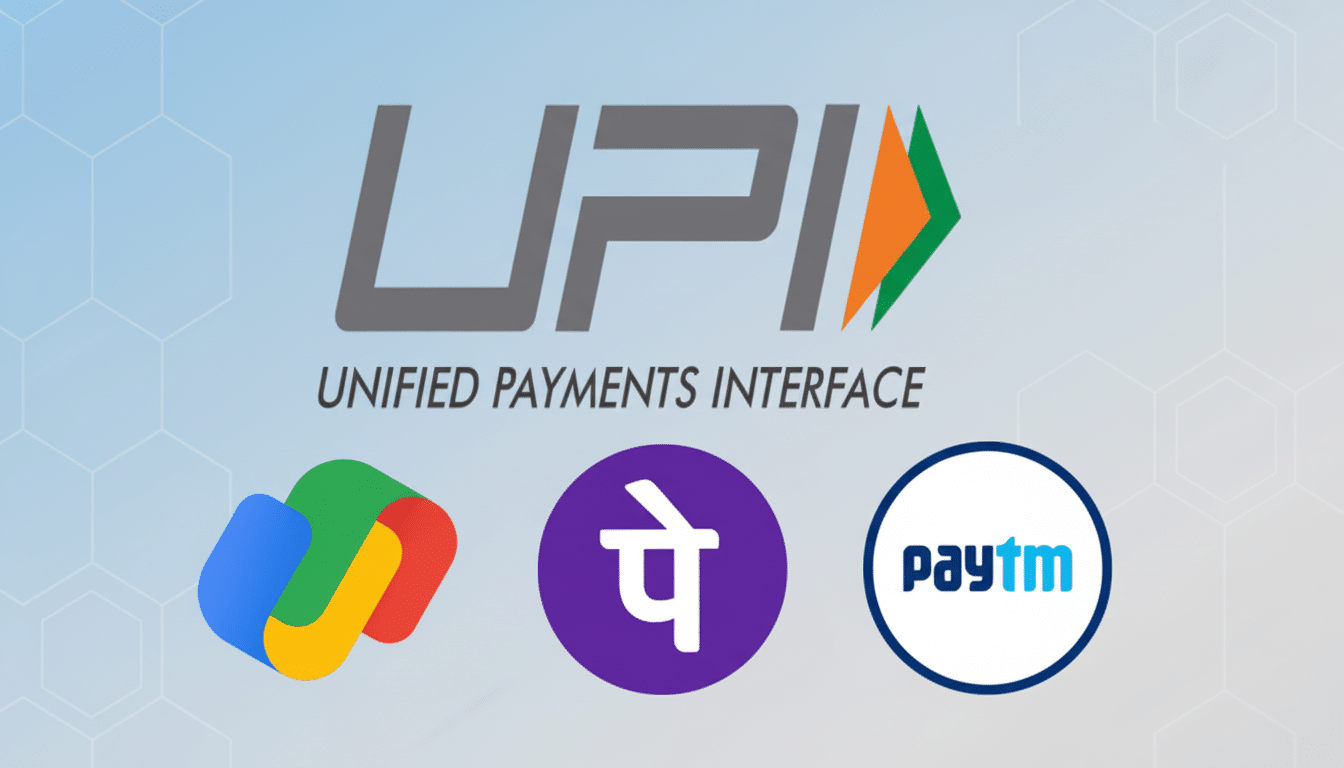India is using AI chatbots to fuel consumer e-commerce shopping. OpenAI’s ChatGPT is front and centre in this rollout, with implementations for Google’s Gemini and Anthropic’s Claude coming soon. The experiment plugs directly into India’s real-time payments infrastructure, envisioning conversational agents operating as end-to-end commerce fronts — without the need to switch apps or redirect traffic.
How the AI-to-checkout flow works for UPI shopping
The pilot employs two new building blocks of NPCI: UPI Reserve Pay and UPI Circle. Reserve Pay allows a buyer to set aside funds (yes, like a UPI-native pre-authorisation) which can be debited by the merchant post cart confirmation or fulfilment of the cart. UPI Circle authenticates and delegates the message, allowing payment to be made within chat threads without the need to redirect users to another payments app or site.
- How the AI-to-checkout flow works for UPI shopping
- Why India is the perfect testbed for agent-led commerce
- From discovery to payment inside chat, end-to-end
- Competing protocols and the emergence of a new stack
- Safety, sales and key regulatory questions ahead
- What to watch for as the UPI chatbot pilot scales

Razorpay created the merchant integration layer, which links the chatbot interface to inventory, pricing and payments. The banking rails are being provided by Axis Bank and Airtel Payments Bank. Early use cases consist of Tata Group’s BigBasket for groceries and Vi for mobile recharges, which provide the pilot with a combination of high-frequency and utility transactions to test the flow.
Why India is the perfect testbed for agent-led commerce
UPI already manages over 20 billion monthly transactions, as per NPCI, and India has more than a billion internet consumers, according to TRAI. That trifecta — popular payments, minimal transaction friction and an immense mobile-first population — has allowed India to be a unique place for agent-led commerce. Throw in the country’s multilingual universe, and large language models that can chat in Hindi, Tamil, Bengali and more are not just a novelty but a realistic front end for first-time users of the internet who use it in vernacular languages.
That momentum is being embraced by AI companies around the world. OpenAI has sought to widen access with budget pricing in India, and is experimenting with commerce to increase engagement. Google provides distribution through Android and Search, and Anthropic’s ‘Claude’ is already known for instruction-following (and safety guardrails — things that matter if an agent comes into contact with payments). Each company is fine-tuning its models for local languages and context to minimise friction and hallucinations.
From discovery to payment inside chat, end-to-end
Here’s how it works: A shopper tells a chatbot that she needs “vegetarian dinner for four under ₹600,” receives a carefully tailored basket, modifies items with voice or text commands and completes the order.
The amount is stored in Reserve Pay; authentication is completed through UPI Circle on the thread. For a phone recharge, the bot gets your number, suggests plans and makes the payment without even having to open an app. The hope is fewer taps and a better conversion rate than regular mobile commerce flows.
Early categories of merchants to benefit will likely include groceries, travel add-ons, bill pay and quick service dining — primarily lightweight purchasing decisions where conversational bids can easily map to product selection. As richer agents deal with returns, refunds and support over time, this could also close the loop within the same interface.

Competing protocols and the emergence of a new stack
The pilot dovetails with a larger trend to “agentic payments.” In conjunction with Stripe, OpenAI has released Instant Checkout and Agentic Commerce Protocol, a technology for letting agents orchestrate discovery, consent and payment all in one go. Google unveiled an Agent Payments Protocol on Thursday to enable those using Gemini as an agent platform to take action on behalf of users. In India, Cashfree Payments has been launching an Agentic Payments MCP that supports cards and UPI, but merchants would have to deploy their own shopping agent to integrate with it.
Together, these moves outline a (roughly) new commerce stack: model providers for conversation and reasoning; orchestration layers for consent, identity and guardrails; payment processors that connect agents to financial networks (like UPI). The success of this stack will rely on safety, clarity around authentication and how disputes are handled — areas that regulators will be scrutinising.
Safety, sales and key regulatory questions ahead
For now, India’s pilot doesn’t include a revenue sharing model among AI platforms, payments firms and merchants. The immediate prize is keeping people inside the chatbot: because if shopping takes place in there, then the bot is the shop. Over the long term, you should ultimately anticipate pay-per-lead fees, conversion-based pricing and premium placement given to sellers — assuming transparency standards can keep pace.
Risks are real. Agents might see things, get prices wrong or misunderstand commands. Delegated authentication should adhere to Reserve Bank standards and record consent for every debit in a clear manner. Refunds and chargebacks require clear, chat-native processes. Data minimisation: as prescribed under India’s Digital Personal Data Protection Act, how context is retained and shared across merchants will be shaped through data minimisation. Voice transactions, which are prevalent in India’s Tier-2 and Tier-3 cities and towns, pose other consent and authentication challenges.
What to watch for as the UPI chatbot pilot scales
Key signals will include conversion rates compared to app-based flows, drop-off on delegated authentication and categories of merchants that are benefiting from conversational discoverability. If the experiment is reliable, then you can expect ONDC-aligned catalogues, richer vernacular support and integration into customer support agents — so that shopping, paying and resolving problems live in one thread.
India’s e-commerce market has been on track to grow sharply in the coming years, coming off strong analyses from Bain and RedSeer. And integrating UPI inside AI agents could speed up that growth by shrinking discovery and checkout into a single pure, native interaction. The bet is straightforward: If chat is where the attention goes, commerce will follow.

